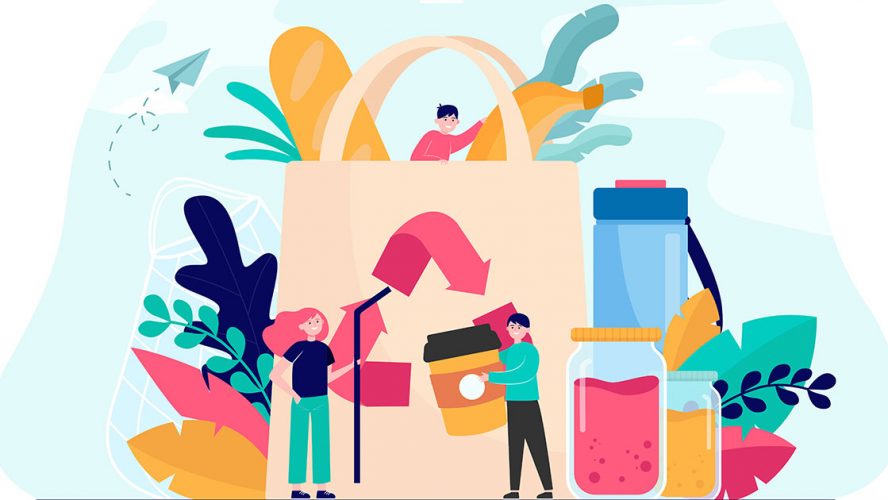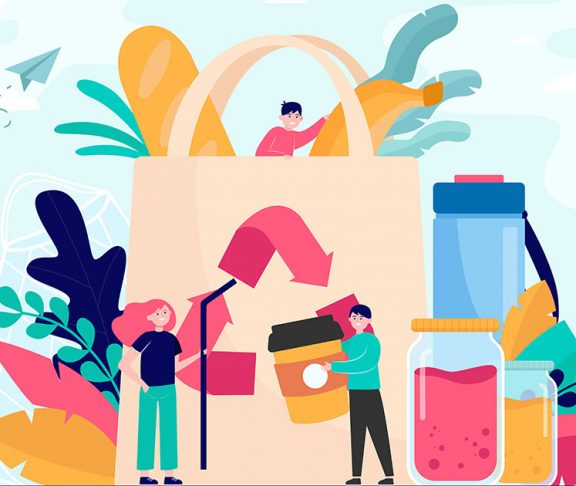
Maria Ferrante
Senior Director, Marketing and Communications, PMMI
The flexible packaging market, valued at $230.49 billion in 2020, is projected to be worth $289.9 billion by 2026 according to a report by Mordor Intelligence. Part of the rise has to do with flexible packaging being an innovative and more sustainable substitute for traditional rigid packaging solutions.
According to Packaging Sustainability: A Changing Landscape, a report from Packaging Machinery Manufacturers Institute (PMMI), The Association for Packaging and Processing Technologies, four in five consumer packaged goods (CPG) companies reduce packaging materials through redesign and innovative solutions. Over half (56 percent) of CPGs are reformatting products, moving from one packaging format to another — such as rigid to flexible — to improve sustainability and recyclability.
Flexible packaging poses both challenges and opportunities in terms of sustainability and recycling. Commonly defined as non-rigid materials forming primary packages (such as pouches and bags), the principal materials in flexible packaging are paper, foil, and film. The challenge with recycling flexible packaging lies in separating the materials’ varying, multilayer combinations for subsequent recycling.
Despite the challenges, flexible packaging earns sustainability points through source reduction. Flexible packaging uses less material than its rigid counterpart. It is also lighter in weight and takes up less space than rigid packaging, which translates to increased efficiency and lower supply chain costs for material handling, transportation, and warehousing. Using the simplest construction of materials and layers necessary for a given application further improves source reduction. These environmental benefits coupled with improvements in the recycling infrastructure can positively affect the environmental impact of packaging.
According to PMMI’s Sustainability report, 78 percent of packaging professionals say the best solution to environmental concerns is to increase the rates of recycling. However, 55 percent describe the current state of plastic packaging recycling in the United States as “struggling,” while an additional nine percent say it is “near death.” Funding a recycling infrastructure and educating consumers would increase the rate of recycling.
In an effort to make an impact, the Consumer Brand Association’s Recycling Leadership Council, a broad coalition of stakeholders brought together to identify the federal government’s role in fixing the U.S. recycling system, released the Blueprint for America’s Recycling System. As council member, PMMI embraces the need for a federal policy to improve, advance and increase recycling in the United States for all packaging materials as one part of a broader commitment to environmental sustainability.



